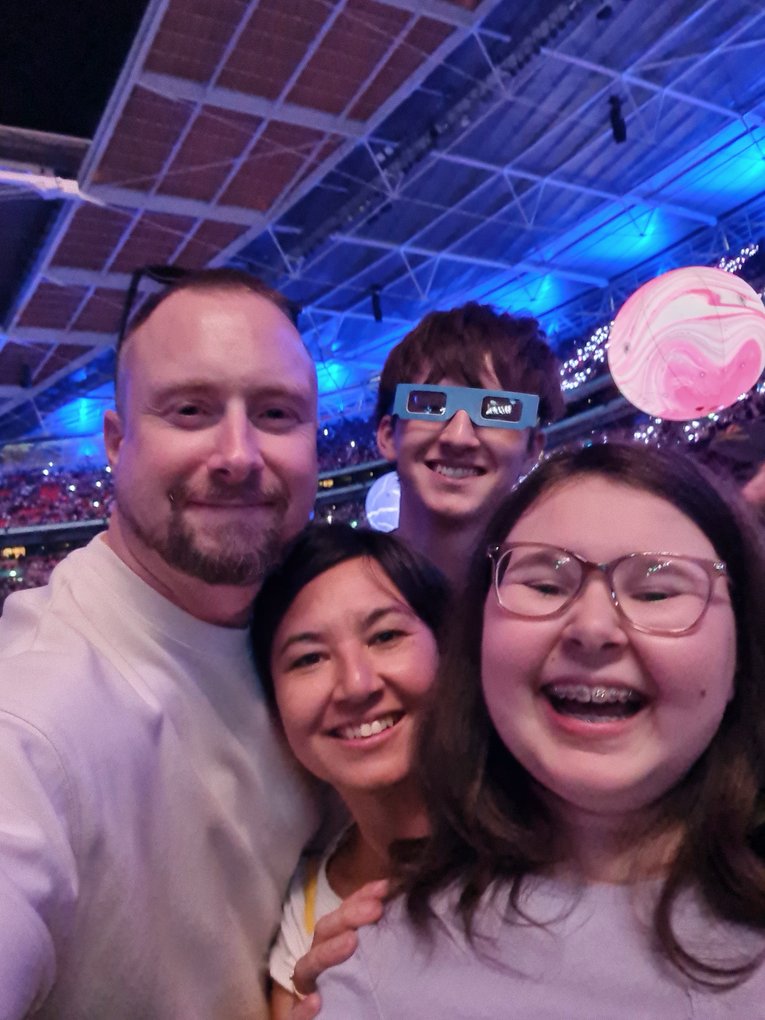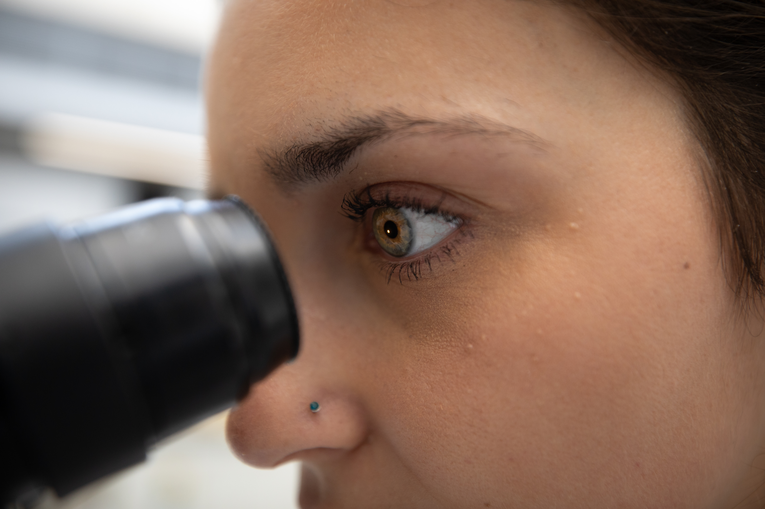
https://www.gosh.nhs.uk/news/building-a-hospital-without-walls-with-zoom/
Our journey to build a ‘Hospital Without Walls’
4 Aug 2022, 2 p.m.
Every day at Great Ormond Street Hospital, we develop innovations in care, enabling us to be one of Europe's most digitally able hospitals. Because of this strategy, we were able to use Zoom for patient video consultations just eight days after the Covid-19 pandemic began.
Right from the start, this approach to innovation prepared us to cope with the limitations to face-to-face contact, such as patient’s appointments and hospital staff team meetings. Now, as pandemic limitations are being lifted, we're exploring how we can continue to use video consultations for the benefit of our staff, children and young people and families.
Improving patient experience through video consultations
Eight-year-old Elliott had a heart transplant when he was two and requires regular check ups with his GOSH consultants. He now has these regular check-ups from home using video consultation, instead of travelling into London for each appointment and needing to take time away from school. "Video is the same but on a flat surface instead of in 3D, I still speak to the doctors in the same way,” said Elliott.

Elliott can spend more time playing football, which he loves, now that his regular check-ups with GOSH are by video consultation.
Making video appointments better for staff, patients and families
Video consultations have been well received by children and young people seen at GOSH, their families, and staff. Our clinicians found that video appointments enabled them to:
- continue to provide care to their patients
- improve attendance from patients
- support their ability to assess a patient virtually compared to over the telephone.
Elliott's mum, Candace said, “Video appointments are much easier to schedule in for the family. I don’t have to worry so much about the time and cost of traveling to appointments, and they can fit in more easily after school, so Elliott doesn’t have to take time off.”
Looking to the future of video consultations
“We’ve integrated Zoom with our electronic patient record system which gives us trusted access, so you’ve got the right doctor contacting the right patient. We’ve also done multi-party visits, for example having an interpreter to support language translation, or where patients and families are able to speak to multiple hospital staff at the same time.”
Up to 5,000 of our GOSH staff can now use Zoom and it’s integrated into our electronic patient record (EPR) system. This is important because it provides a safe and seamless experience for our staff.
We’re exploring how to go beyond our current video visit capabilities and use Zoom, and other digital technologies, in more ways to provide safer, better, and kinder care. For example, we’ve added the ability to transcribe which helps to record consultation notes quickly and accurately.
Find out more about digital innovation at GOSH on the DRIVE website.

‘Ready-made’ T-cell gene therapy tackles ‘incurable’ T-Cell leukaemia
A groundbreaking new treatment using gene-edited immune cells, developed at GOSH and UCL has shown promising results in helping children and adults fight a rare and aggressive cancer

GOSH manufactures new gene therapy for rare condition
A specialist laboratory team based at Great Ormond Street Hospital have manufactured a new gene therapy to treat a baby with the rare genetic condition, Hunter Syndrome.

Celebrating the Impact of the Professor Maria Bitner-Glindzicz Memory Fund
The third annual report of the Maria Bitner-Glindzicz Memory Fund has just been compiled - The fund continues to support ground-breaking research and early career development.
